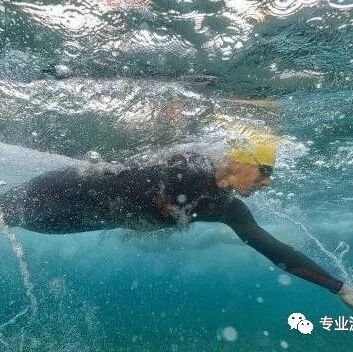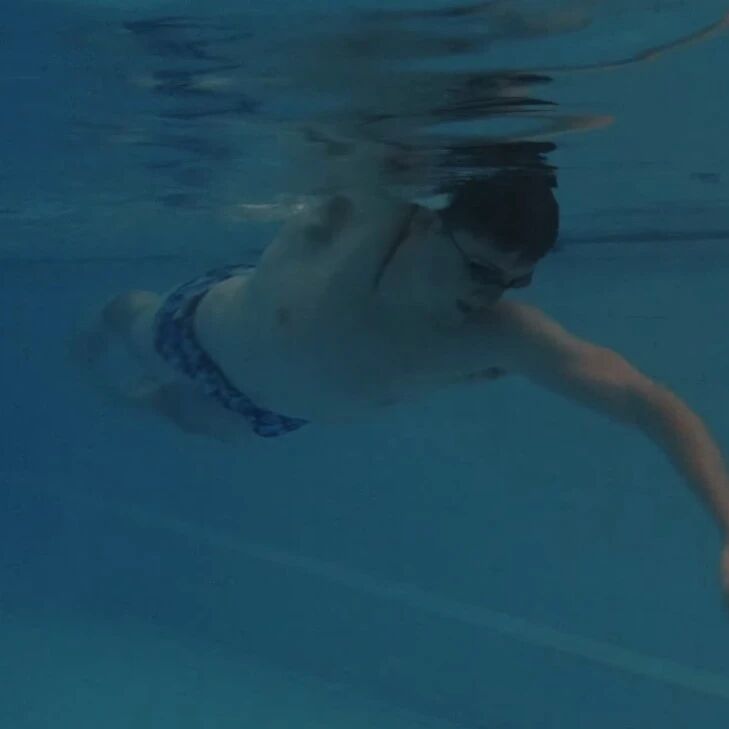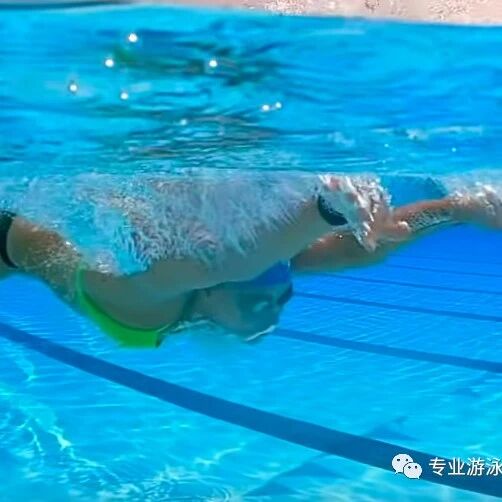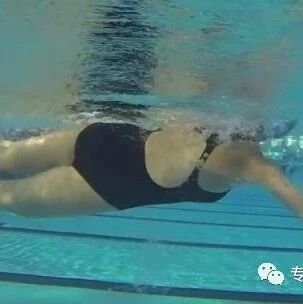Total Immersion swimming is a revolutionary approach to swimming—it’s not a specific stroke but rather a method designed to help adults quickly and confidently master swimming skills, with the freestyle technique being its most iconic example. At its core, Total Immersion freestyle empowers amateur swimmers to glide efficiently and gracefully over long distances. Unlike competitive swimming, which emphasizes explosive power and speed, this style focuses on efficiency and endurance—think of it as comparing sprinting to marathon running: one prioritizes short bursts of energy, while the other relies on sustained, steady effort over time.
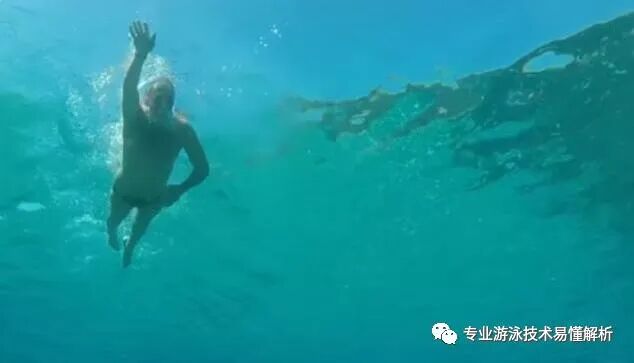
Comparing the full-body streamline freestyle with competitive freestyle makes the differences strikingly clear: the speeds differ, as do the swimming postures, arm movements, and even leg kicks. It is precisely because of these distinctions that actions like elbow-driven arm recovery, two-beat kicking, and wide-track entry into the water are typically regarded as key technical features of the full-body streamline freestyle.Of course, the full-body streamline freestyle technique—known for its elegant, effortless, and highly efficient swimming posture—has inspired countless freestyle swimmers, with more and more people adopting its distinctive movements. As you stand by the poolside, you’ll notice an increasing number of swimmers lifting their elbows during the arm stroke, while others are incorporating the two-beat kick. However, simply copying these movements isn’t enough; it’s crucial to understand the technical principles behind them. Only then can you truly master the hallmark feature of full-body streamline freestyle: "downhill swimming."Only "downhill swimming" is the key to enabling swimmers to maintain efficient, ultra-long-distance strokes. In fact, it could be said that truly mastering full-body immersion in swimming begins with experiencing "downhill swimming."
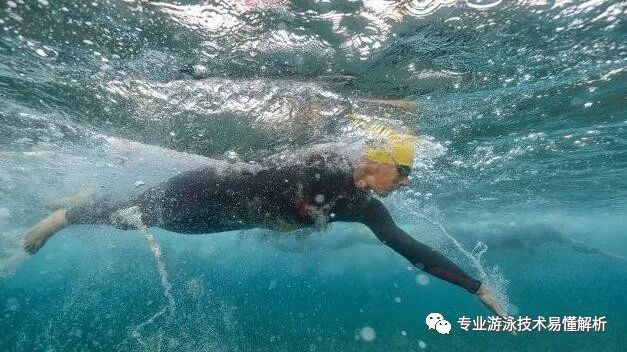
1. "Downhill swimming" is the true hallmark of full-body freestyle swimming.During the swimming motion, there are two key points in the human body: the body's center of gravity and the buoyancy support point for the upper and lower halves. When the center of gravity is positioned closer to the head than the buoyancy point, the upper body tends to sink lower relative to the lower body, creating a "downhill" sensation. Conversely, if the center of gravity is closer to the legs, the lower body will naturally sit lower.
One clear advantage of having the lower body positioned lower is that water resistance increases with depth—but this added resistance feels more "solid" and tangible, which can significantly enhance the effectiveness of leg kicks in generating propulsion. This is precisely why frog kick drills typically require swimmers to maintain a certain level of water depth.
In competitive freestyle swimming, leg kicks play a crucial role in generating forward momentum. If the legs are positioned too high in the water, it can actually reduce propulsion efficiency. That’s why, during competitive freestyle, swimmers keep their legs lower than their heads, ensuring optimal water contact and maximizing the power generated by each kick—thus avoiding any "downhill" sensation while swimming.
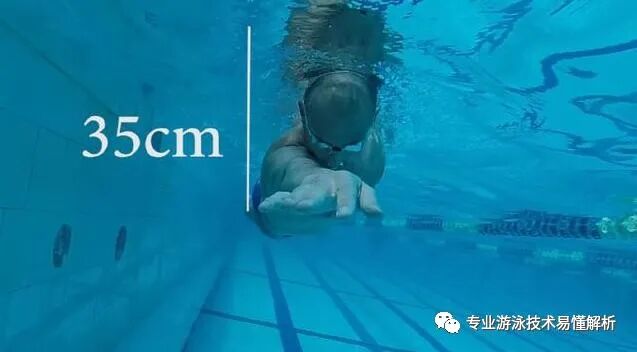
2. The formation of "downhill tourism" requires a combined effort from three key factors.Source of synergy #1: Arm recovery through gravitational transfer—key lies in fully relaxing the arm during the recovery phase. Use your elbow to lift the arm out of the water, guiding it smoothly toward the head position before initiating the entry. As the elbow approaches directly above the head, gravity becomes noticeably stronger, naturally propelling the arm forward into the water. Unfortunately, many swimmers tend to lift their elbows too high during recovery, yet their arms still retain some tension instead of fully releasing. This prevents them from truly feeling the power of gravity at work. As a result, their arm movements may look good on the surface—but lack the essential fluidity and efficiency that come from letting gravity do its job.Source of synergy #2: After entering the water, your arms form an angle with the water surface, pointing diagonally downward, allowing gravity to continue doing its work. In contrast, competitive freestyle typically involves keeping the arms as parallel as possible to the water’s surface to minimize drag. While an angled arm position during swimming creates more resistance, it actually offers a key advantage: the forward thrust generated by the water pushing against the arm helps the legs rise more effectively. At the same time, this positioning allows for smoother, more natural arm movements—specifically, a seamless transition from the "catch" phase into the powerful "pull" motion. During practice, focus on embracing the feeling of "pushing effortlessly with the flow."Source of synergy #3: A stable head position. Keep your head low—so low, in fact, that it’s even lower than in competitive swimming. The goal is simple: to help your lower body float closer to the water’s surface.
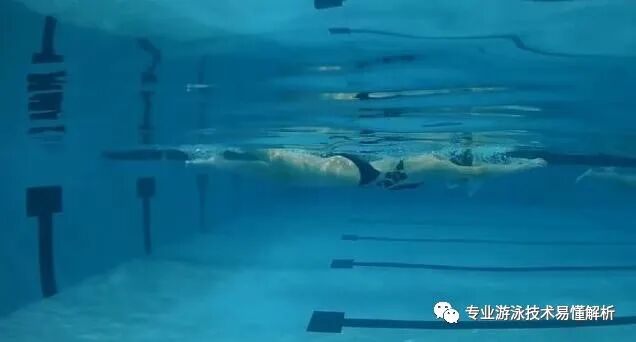
3. Practice finding the "downhill cruise" feelingPractice repeatedly the relaxed, extended-arm posture above your head during the arm recovery phase—where one arm reaches forward while the other remains motionless overhead, suspended as if "holding a rifle." This precise stance is the ideal way to feel and master the natural flow of arm movement driven by gravity.When your arm is positioned parallel to the water versus angled downward, pay close attention to the subtle differences—especially how the resistance from the water varies in each case. The key lies in precisely identifying the point where gravity’s pull after the recovery phase aligns perfectly with the forward momentum created by the water’s resistance during the actual swim stroke. This alignment allows you to transform the initially unfavorable water drag into a powerful force that helps you scoop and push through the water. For easier understanding, think of this process as "underwater arm recovery."During the "downhill swim," the powerful yet efficient combination of arm strokes and leg kicks is precisely what sets the true essence of the Total Immersion swimming philosophy apart.
